
An electric mini convertible? Here is a perfectly coherent concept, envisaged on the future generation of the small Anglo-Germanic city car. While waiting for its appearance, here is a foretaste of the project with the test of a unique prototype built around the current model.
There were dozens of diesel convertibles, but very few electric convertibles. What a paradox! How many noisy and vibrant Mégane CC dCi or 308 HDi for how many perfectly silent Tesla Roadsters or even Citroën e-Méharis? Roof open, without parasitic noises or exhaust odors, happiness is complete.
Mini has managed an interesting electric conversion of its 3-door sedan with the Cooper SE version (read our first Mini Electric test), which has become the brand’s bestseller in France and around the world. It then seems quite natural to decline its cabriolet bodywork in the same way. That’s what Mini did with this unique prototype that we were able to try. Still far from a production version, it is prepare as a form of retrofit of the current generation.
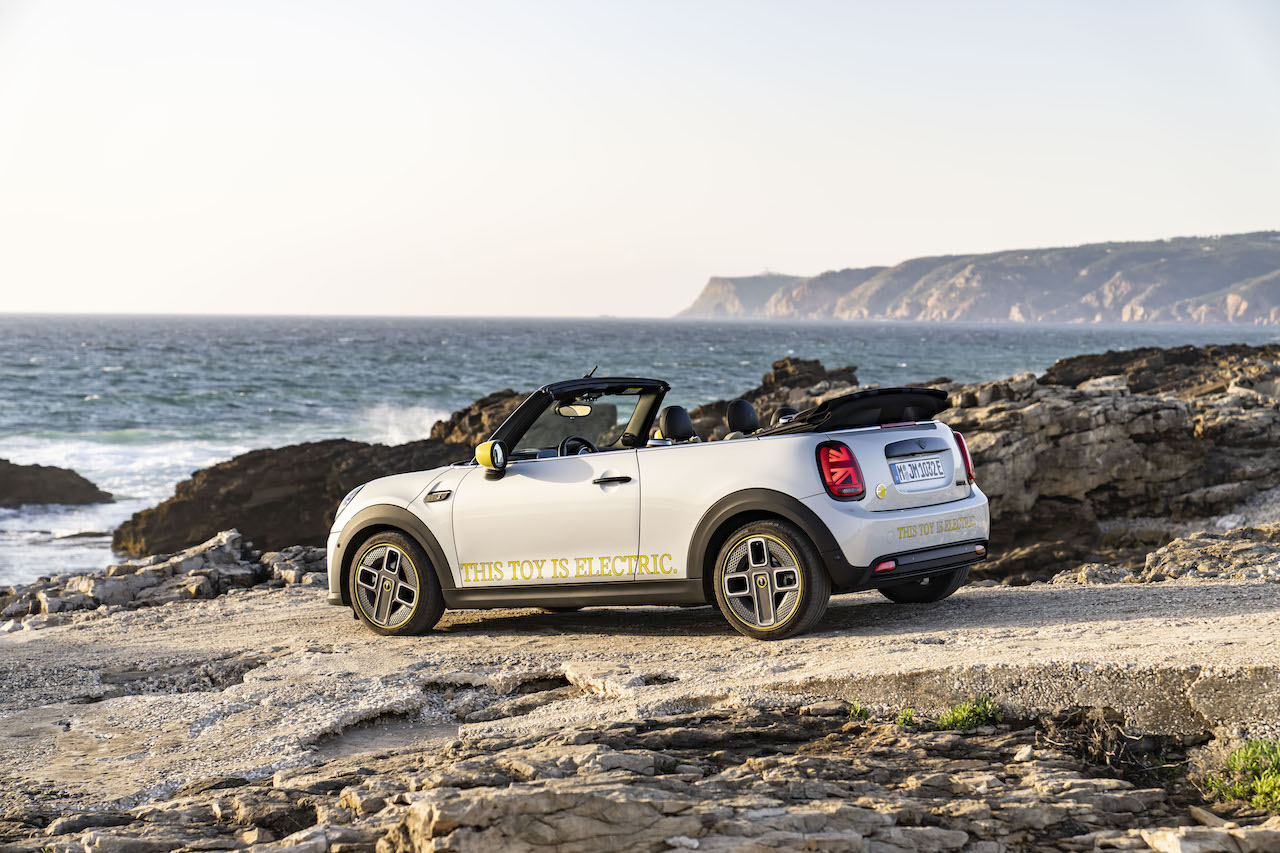
Mini did not build this example just for fun: it is indeed a first electric Mini Cabriolet test, pending a zero-emission version announced as standard for the next generation. This is expected with combustion engines for 2023 in 3 and 5-door sedans, as well as in convertibles. Their electric version will be developed separately, a little later, and will be visually different. It will therefore be necessary to wait a little before being able to buy an electric Mini Cabrio.
Finally, remember that the manufacturer provides a 100% electric range for 2030, the latest thermal model to be presented in 2027. There will also be a 100% electric B-segment SUV in the range, while the new generation Countryman will also be entitled to its zero-emission version, now produced in the factory of Leipzig. As for the Clubman, nothing is certain about its coexistence with the future B-segment SUV.
Mini Cooper SE Convertible Price
To approach this chapter, it can only be a question of speculation. The current Mini Electric is billed from €33,900 before bonus, when the thermal convertible version requires an additional cost of €4,400. We could therefore imagine the electric convertible version around €38,000 based on this generation. The future will tell if this calculation is realistic.
Driving

“The rigidity of the electric version is better than that of the thermal ones thanks to the participation of the battery in the structure of the car. This compensates for the lower rigidity of the convertible » explains Andreas Lampka, press relations of Mini, at the origin of this initiative. Indeed, from the first turns of the wheel at the wheel of this unique prototype, we notice that the Mini Cabrio gains a little in rigor. Raising the pace, you can fault your motor skills with its instantaneous torque of 270 Nm, but the lowered center of gravity contributes to a very pleasant balance and liveliness.
The engine of the BMW i3S, with 184 hp, offers excellent performance to this electrified racing car. Behind the very vertical windshield, hair in the wind, in silence, the sensations of driving delivered are very much in the spirit of this playful convertible. The efficient handling and great agility of this little 3.86 m car work wonders on the winding roads of Portugal, our testing ground.
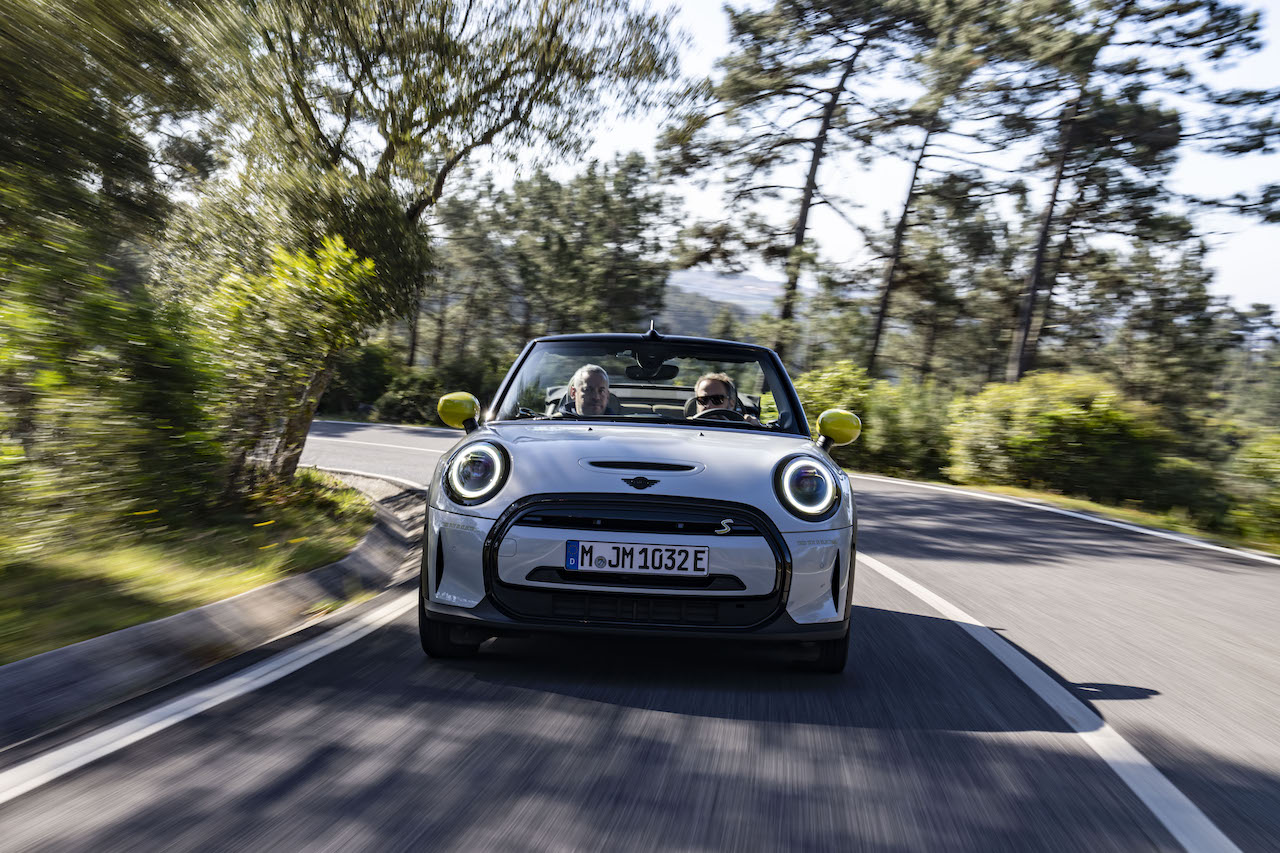
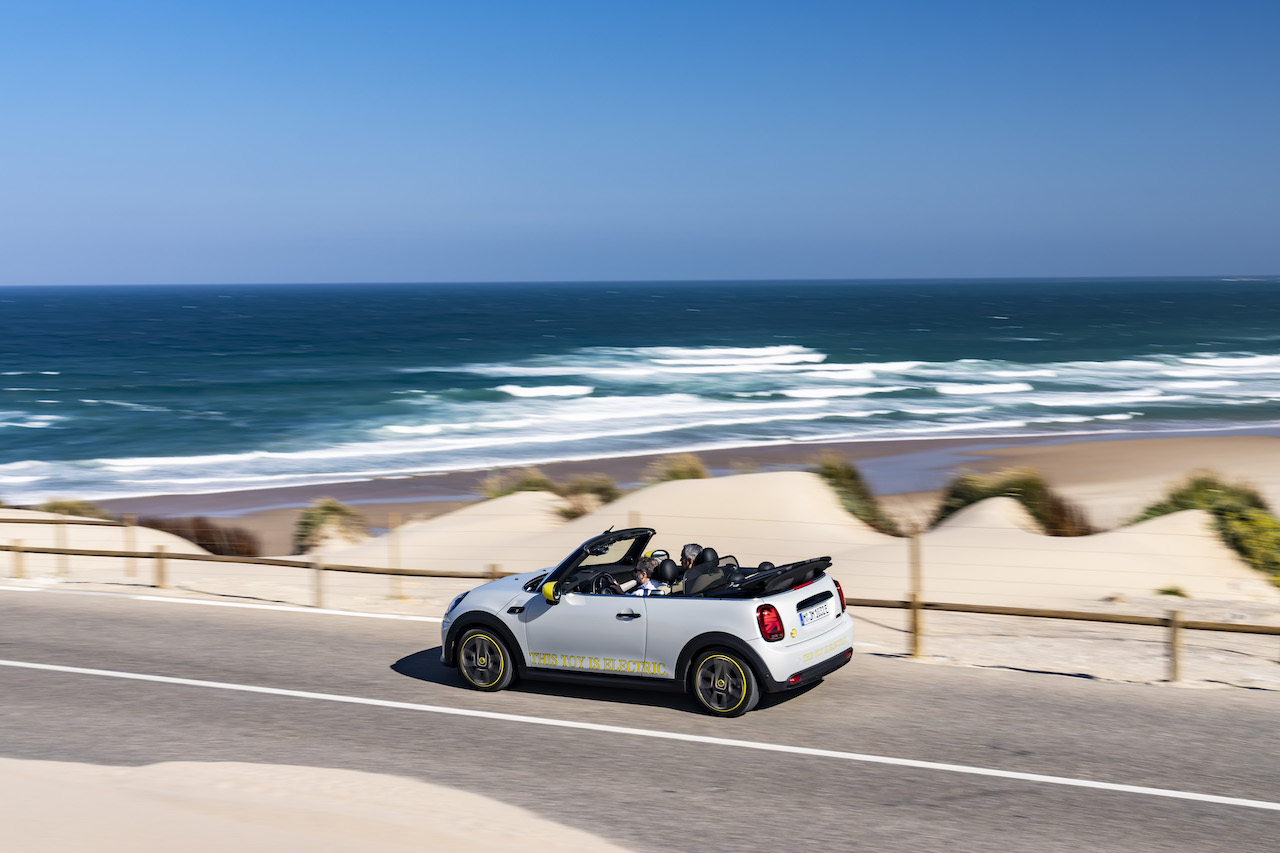
In terms of performance, with 7.7 s from 0 to 100 km/h, this version is slightly behind the Mini Electric 3-door (7.3 s), even if this remains a good figure. It must be said that it weighs 100 kg more with a total mass increased to 1,465 kg. The maximum speed is limited to 150 km/h, as for the sedan.
The battery is identical. Installed in a T in the service tunnel and under the rear bench seat, it offers a 32.6 capacity Gross kWh (28.9 net kWh). It takes approximately 36 minutes to reach 80% charge on a 50 kW fast charging station, 2.5 hours on an 11 kW public charging station or 13 hours with a standard socket. Consumption is estimated at 15.9 kWh/100 km WLTP, or 1 kWh more than the classic version, in particular because of less favorable aerodynamics. The official autonomy is displayed at 230 km (4 km less).
On board
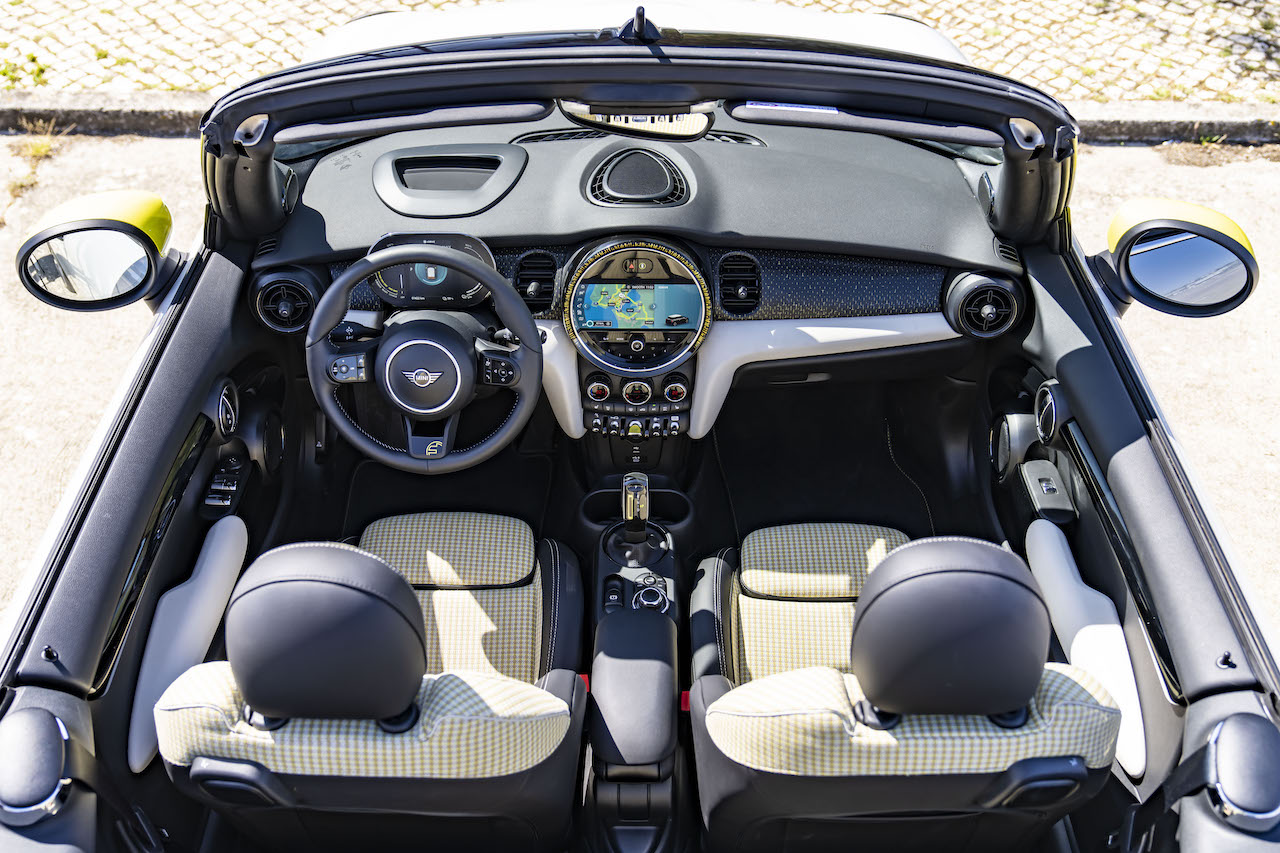
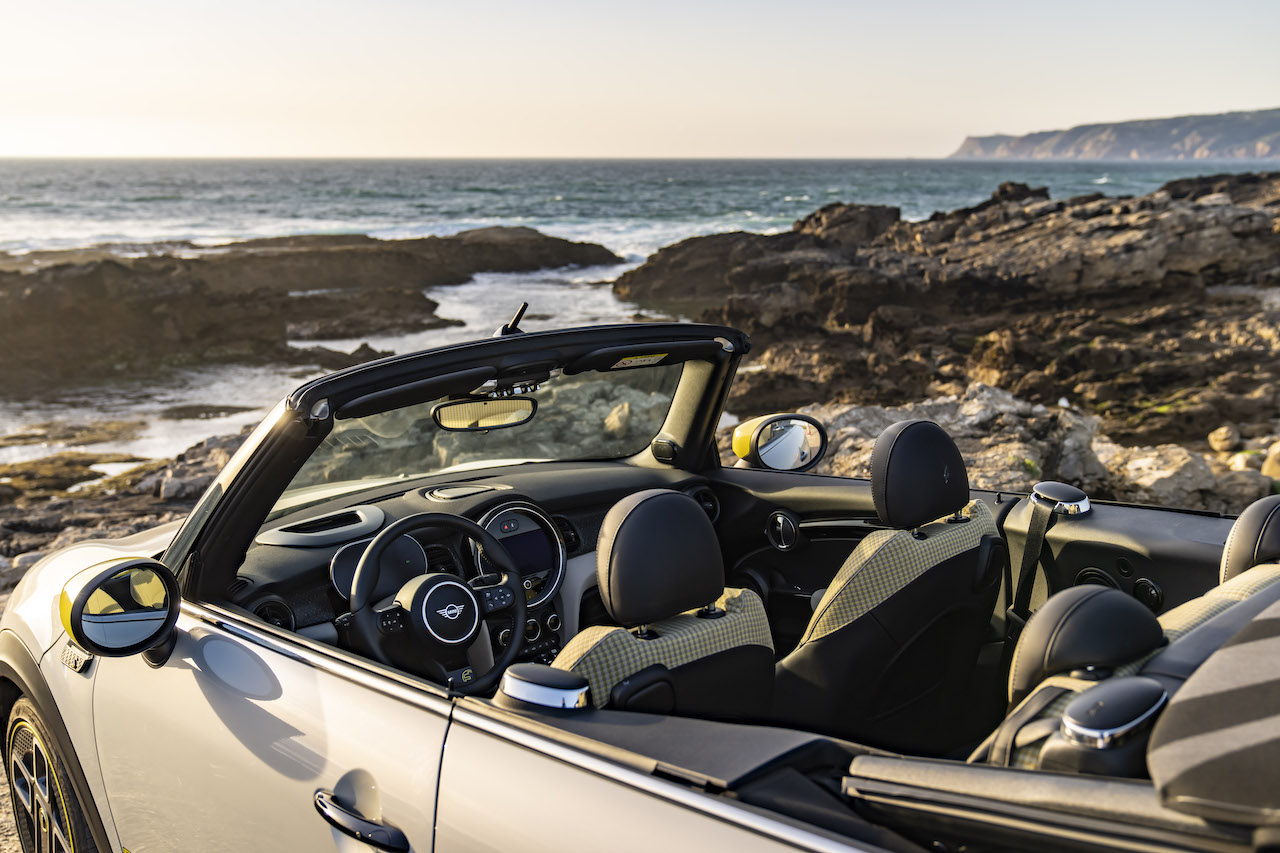
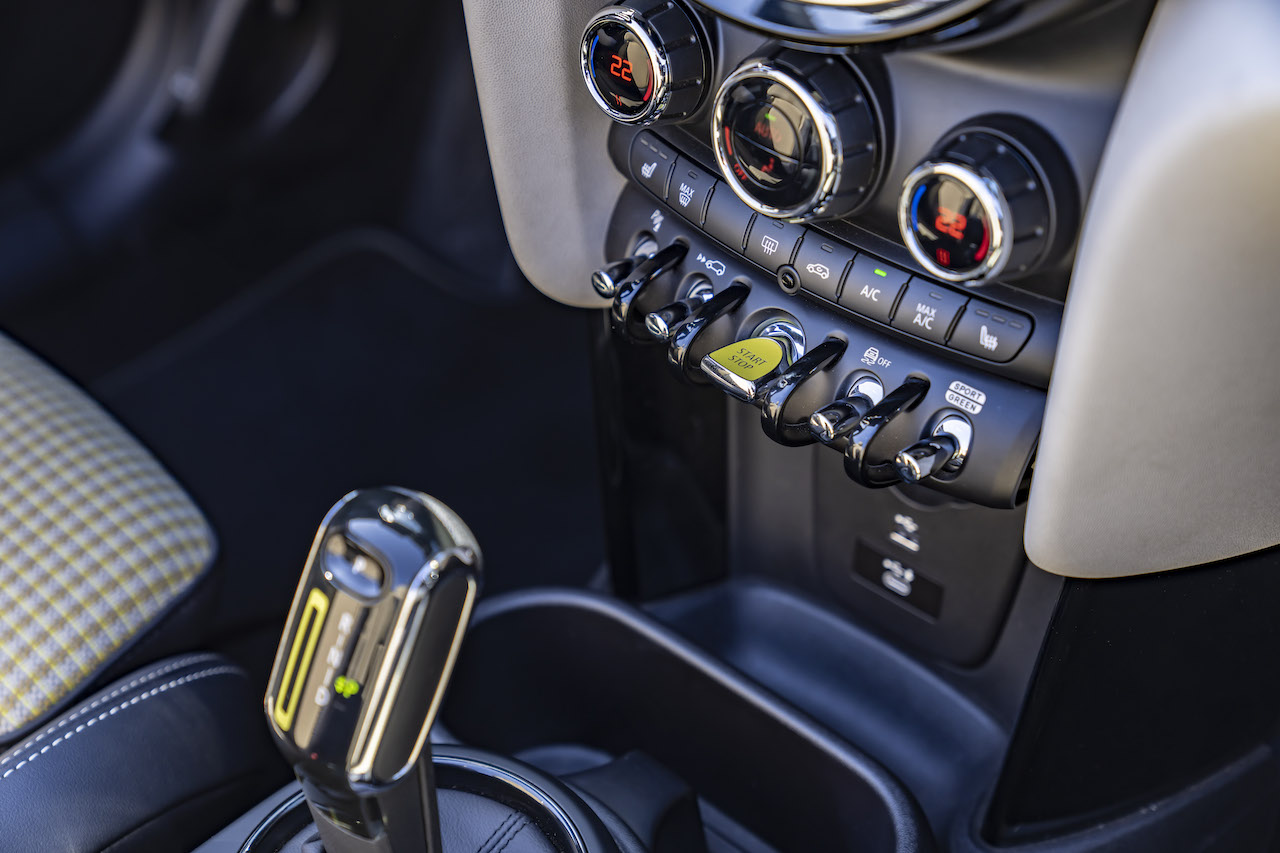
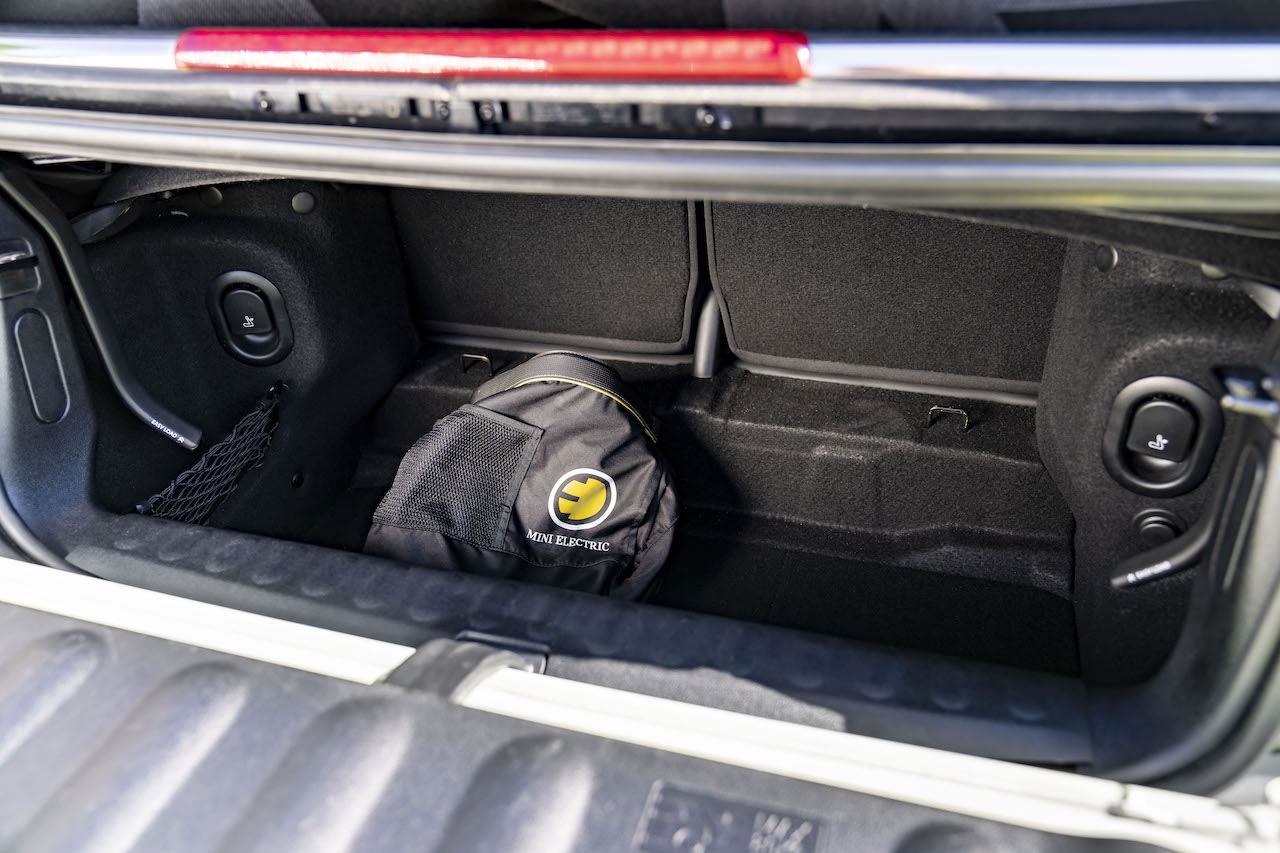
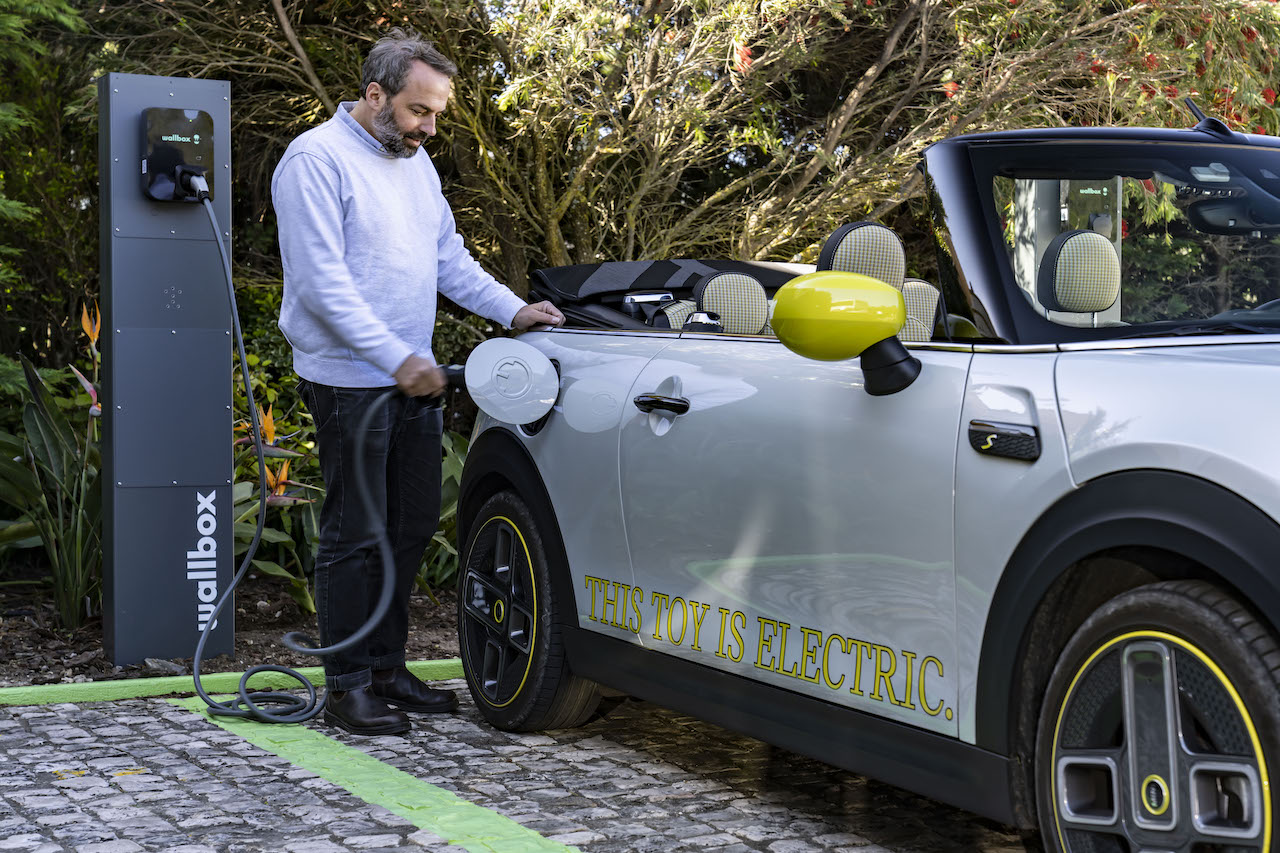
Review of the Mini Cooper SE Convertible test
This electric convertible Mini would make an ideal little beach car with its fun drive, timeless look and ample range for a summer vacation day. Unfortunately, it does not yet exist. It will be necessary wait about two years before being able to enjoy such a convertible and electric definition, still almost non-existent on the market. Perhaps, in this period of time, some competitors will also have woken up… Enough to ensure some great summer comparative tests.
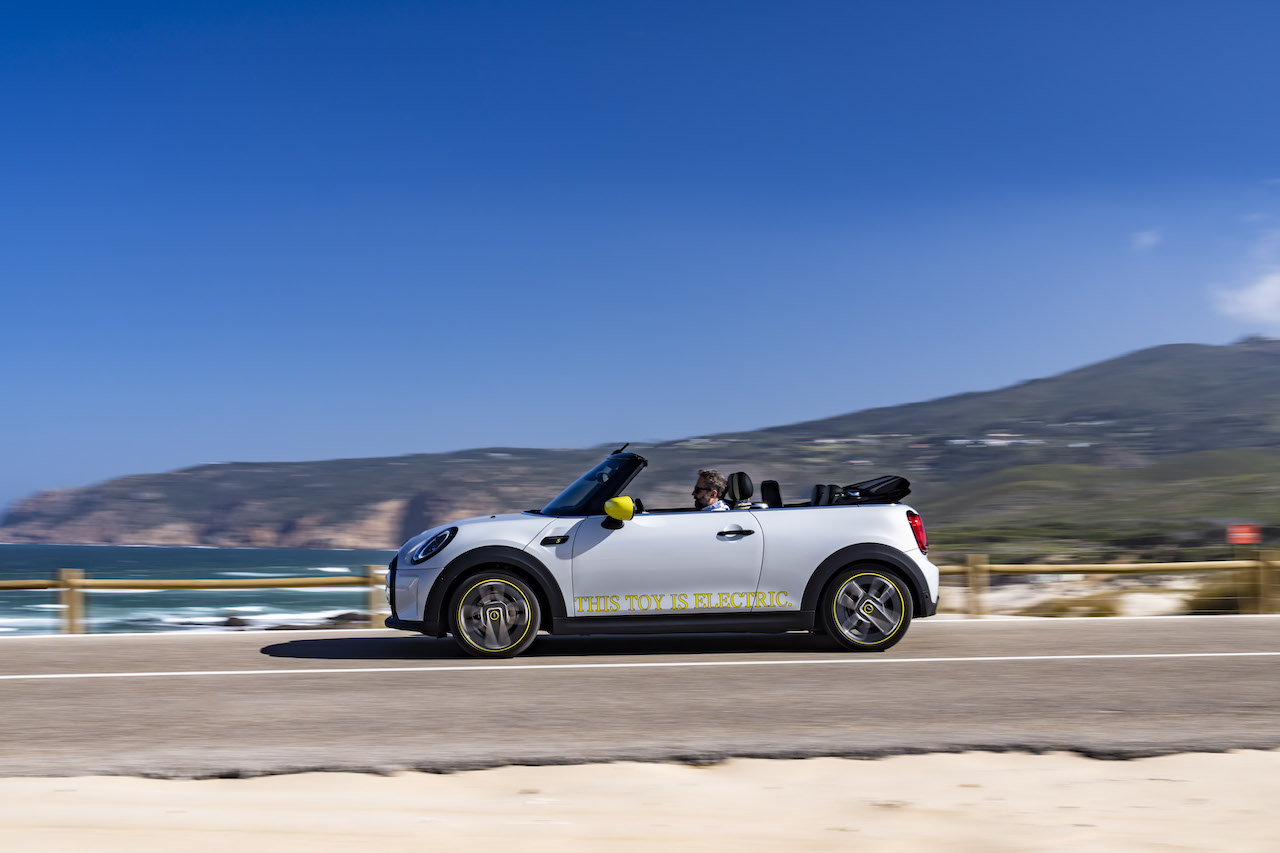
WE love
- Perfectly in the convertible spirit
- Driving pleasure
- Integration
We regret
- She does not exist !
- Motor skills sometimes failing
- Potential tariff
TO READ. Fiat 500 vs Mini Electric, the chic electric match
Technical sheet
| Dimensions and weight | |
| Length | 3.86m |
| Width without mirrors | 1.73m |
| Height | 1.41m |
| Wheelbase | 2.49m |
| Trunk volume | 160 liters |
| Tires on test model | 205/45 R17 |
| Unloaded weight | 1465kg |
| Power and performance | |
| Type of engine | electric |
| Powerful | 184 hp |
| Couple | 270Nm |
| Transmission | to the front wheels |
| Gearbox | reducer, 1 gear |
| 0 to 100 km/h | 7.7s |
| Maximum speed | 150 km/h |
| Battery, autonomy and consumption | |
| Battery Type | lithium ion |
| Gross – usable battery capacity | 32.6 – 28.9 kWh |
| AC – DC charger power | 11kW/50kW |
| Mixed WLTP consumption | approx. 16.4kWh/100km |
| WLTP Mixed Autonomy | 230km |
| Charging time from 0 to 80% | |
| 8 A household socket | 1 p.m. |
| AC terminal 11 kW | 2:30 a.m. |
| DC terminal 50 kW | 36 mins |
















